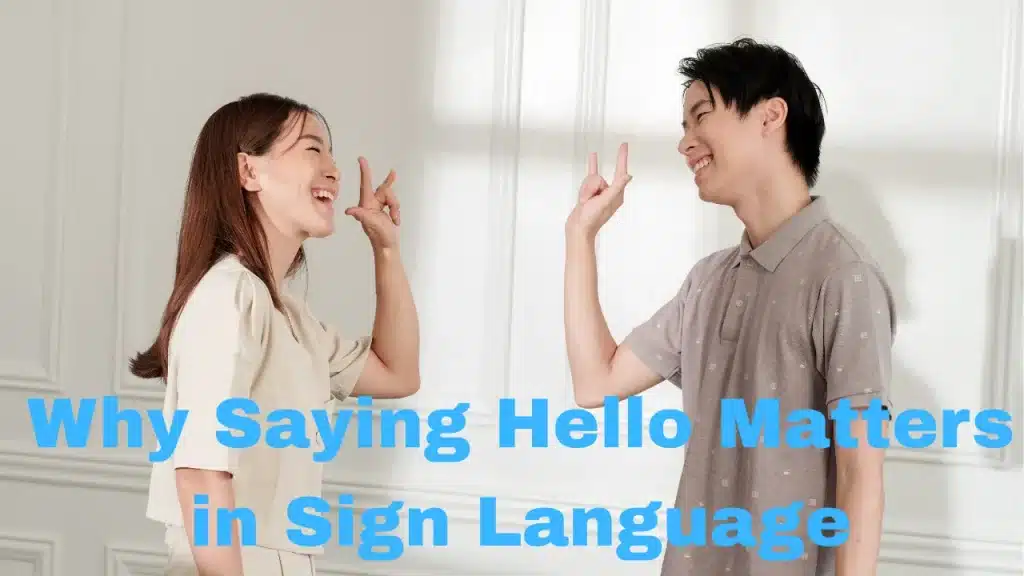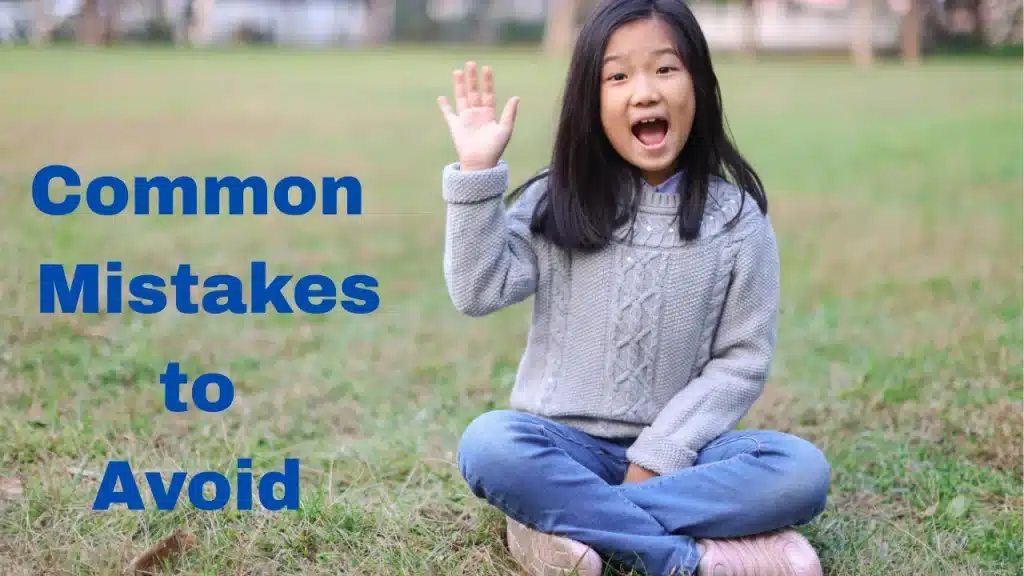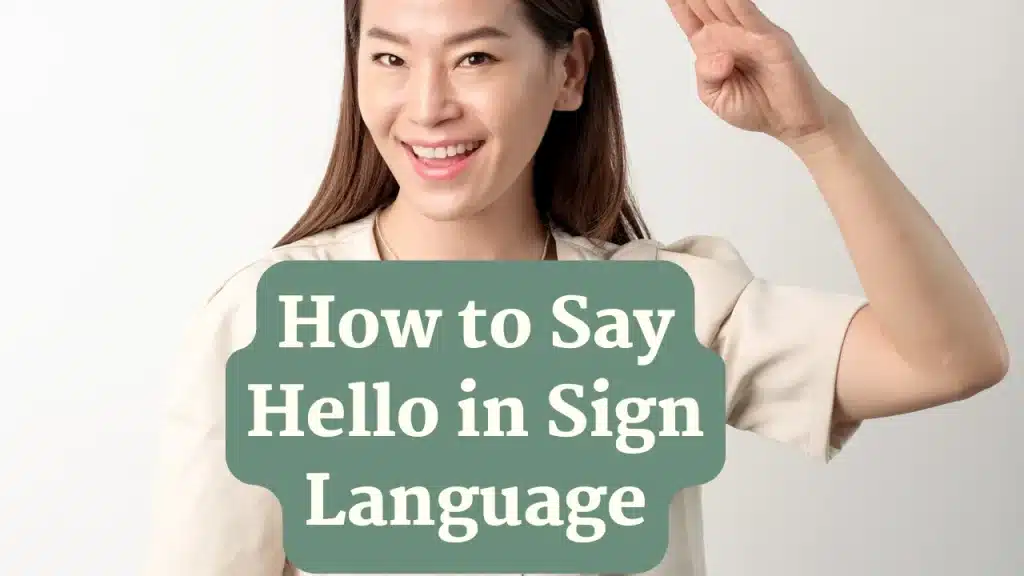Learning how to say hello in sign language is a great first step toward understanding Deaf culture. This small gesture shows respect and interest. Just like waving or smiling, a simple sign can mean a lot. Many people use American Sign Language (ASL) to connect, and saying “hello” is where it all begins.
When you meet someone who is Deaf or hard of hearing, you can greet them in a kind and respectful way. Using sign language instead of speaking is not only helpful, but it also creates a welcoming environment. In this article, you’ll learn it, why it matters, and how to use it correctly.
Read more about: 20 other ways to say happy valentine’s day
What Is American Sign Language?
ASL, or American Sign Language, is a visual language used mainly in the United States and parts of Canada. It’s a full language with grammar, structure, and culture. People use their hands, facial expressions, and body language to communicate.
ASL is not the same as English. It’s unique and has its own way of forming sentences. But even if you only learn a few signs like “hello,” it can help you connect better with the Deaf community.
The Basics: How to Say Hello in Sign Language
To understand how to say hello in sign language, follow this easy step. Raise your dominant hand to your forehead. Keep your fingers straight and palm facing down. Then, move your hand outward in a small motion away from your head. It looks a bit like a military salute but softer and friendlier.
This sign is quick and easy to do. With a little practice, you’ll be able to use it with confidence.
Here’s a simple breakdown:
| Step | Action |
|---|---|
| 1 | Open your hand with fingers together |
| 2 | Bring your hand to the side of your forehead |
| 3 | Move your hand outward in a slight wave |
| 4 | Keep your palm facing down while moving your hand |
That’s it! You’ve just learned it the right way.
20 Other ways How to Say Hello in Sign Language
ASL Standard Hello
Touch your forehead with a flat hand and move it outward like a salute.
ASL Casual “Hi”
Give a quick wave with your open hand near your head.
ASL “What’s Up?”
Touch your chest with middle fingers, then flick them upward.
ASL “Hey!”
Wave one hand near your shoulder in a relaxed motion.
ASL “Good to See You”
Sign “good,” then “see you” by pointing to your eyes and then the person.
ASL “How Are You?”
Move both hands from your chest outward in a friendly motion.
ASL “Nice to Meet You”
Brush one hand over the other and bring index fingers to meet.
ASL Silent Hello
Smile, make eye contact, and give a light hand wave.
ASL “Hello, Friend”
Sign “hello” then link your index fingers for “friend.”
ASL “Hi There!”
Sign “hi” and point playfully toward the person.
BSL (British Sign Language)
Move a flat hand from the side of your forehead outward.
Auslan (Australian Sign Language)
Raise a flat hand to the forehead and flick it out slightly.
ISL (Indian Sign Language)
Tap your forehead and wave your hand outward.
JSL (Japanese Sign Language)
Do a light bow with a wave near your face.
KSL (Korean Sign Language)
Slight bow with a subtle hand wave at chest level.
LSF (French Sign Language)
Palm facing in, wave hand near the side of your face.
DGS (German Sign Language)
Wave your hand near the temple, palm outward.
International Sign (Gestuno)
Point from your eyes to the person, then raise your hand in greeting.
ASL Child-Friendly Hello
Big smile with an exaggerated wave near the head.
ASL Formal Greeting
Sign “respect” followed by a soft “hello” motion from forehead.
Why Saying Hello Matters in Sign Language

When you use sign language to greet someone, it shows that you care. It’s a way to include others and break down barriers. In Deaf culture, using proper greetings is very important. It’s a sign of respect and friendliness.
You don’t need to be fluent in ASL to show kindness. A single sign like “hello” can make someone feel welcome. That’s why so many schools and workplaces are starting to teach signs like “hello” to students and employees.
Read more about: 20 other ways to say have a great weekend
Different Ways to Greet in Sign Language
Although “hello” is the most basic greeting, there are a few other signs you might find useful too. These help you say hello in different situations.
Some of them include:
- Hi – A casual version of hello with a smaller hand movement.
- How are you? – After saying hello, you can follow up with this question using both hands.
- Nice to meet you – This is often used in formal greetings.
Even if you only learn it, it opens the door to learning more greetings in time.
When and Where to Use the Hello Sign
You can use the “hello” sign in many places—at school, at work, or in social settings. If you meet a Deaf person or someone who signs, it’s a great way to begin a conversation. Even if you are shy, saying hello with your hands can make a strong first impression.
Places where signing “hello” is useful:
| Location | Use Case |
|---|---|
| Schools | Greeting classmates or teachers who use ASL |
| Hospitals | Welcoming Deaf patients or visitors |
| Events | Saying hello at community or cultural events |
| Businesses | Greeting customers or coworkers using sign |
Learning it makes these everyday situations more inclusive and thoughtful.
Is Hello the Same in All Sign Languages?
No, different countries have different sign languages. ASL is mainly used in the United States and Canada. In the UK, people use British Sign Language (BSL), and in Australia, it’s Auslan. The sign for “hello” might look different in each language.
But if you’re in the U.S. or Canada, using the ASL version is usually correct. So when people ask it, they often mean ASL unless stated otherwise.
Learning Beyond Hello
Once you know how to say hello in sign language, it’s easy to learn more. You can start with simple signs like “thank you,” “yes,” “no,” and “goodbye.” These help you keep a basic conversation going.
There are also free apps and videos online that teach sign language in fun ways. You can even take classes at local community centers or online schools. Learning just a few signs can boost your confidence and communication skills.
Common Mistakes to Avoid

When learning it, it’s easy to make small errors. Some people use the wrong hand or forget to use facial expressions. These details matter because ASL is a visual language.
Also, avoid waving your hand like in spoken greetings. The sign for “hello” has a specific shape and motion. Stick with the proper form to show respect.
Here are a few tips:
| Mistake | What to Do Instead |
|---|---|
| Using the wrong hand | Always use your dominant hand |
| Skipping facial expression | Smile while signing to show friendliness |
| Waving too much | Use the soft outward motion only |
| Speaking while signing | Try to rely on the sign to build connection |
Correct usage of the sign is important when you want to show that you truly care.
Read more about: 20 Other Ways to Say Happy Birthday in Advance
Final Thoughts
Now you know how to say hello in sign language, and that’s a great start. This simple sign shows kindness and respect. It creates a better world where everyone feels welcome. Whether you’re meeting a Deaf person for the first time or just want to learn something new, this is the perfect first step.
Practice the sign until it feels natural, and don’t be afraid to use it. A small gesture can lead to big connections.







